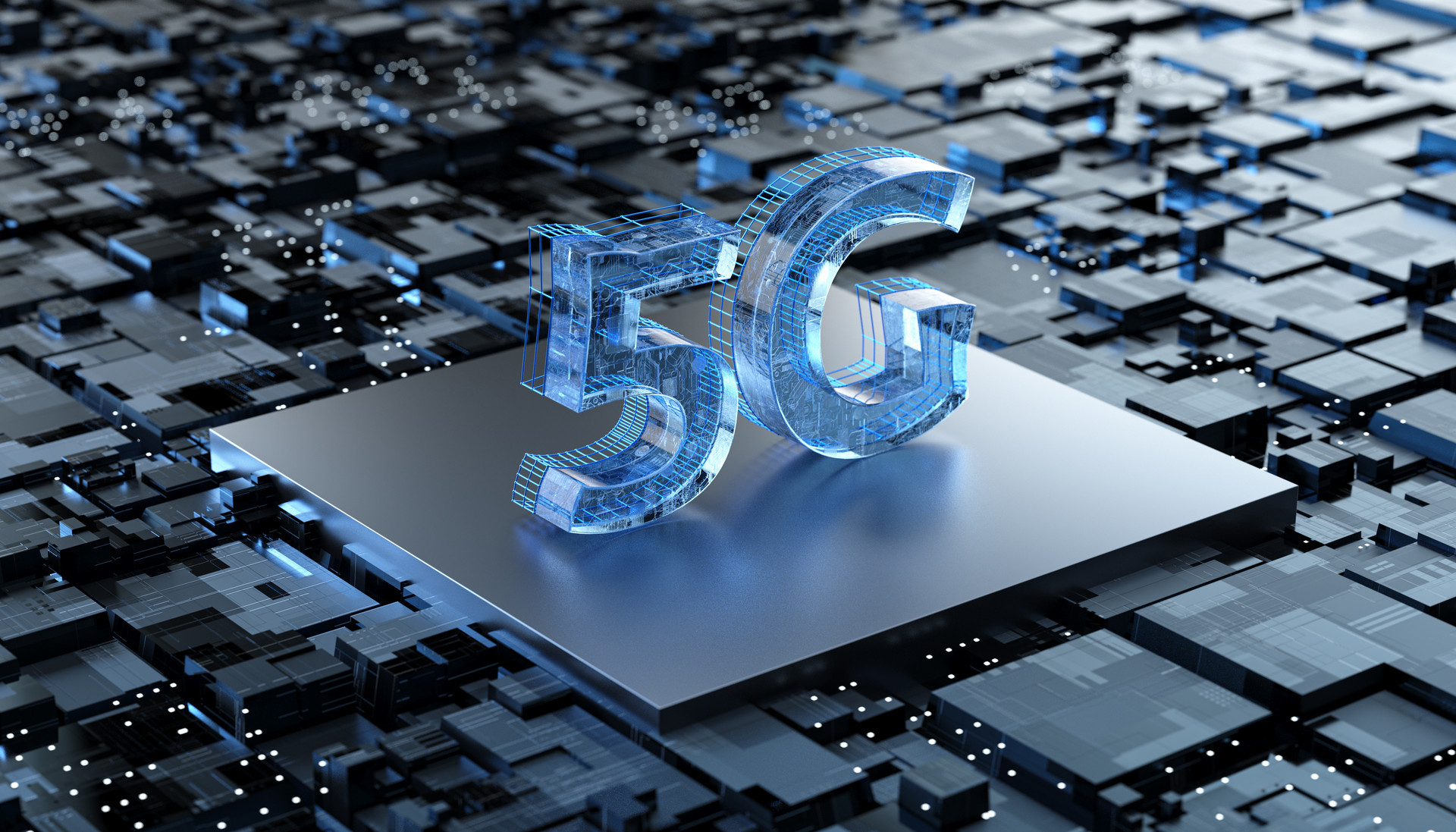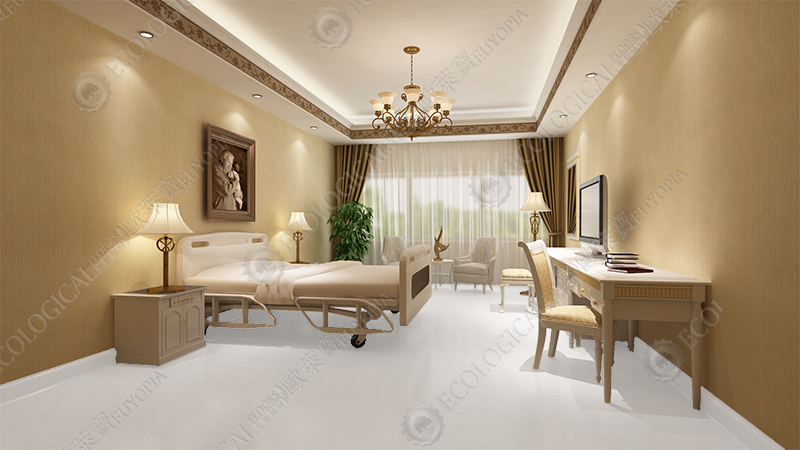Current Situation of Smart Home Based on Internet of Things
Release time:
2024-04-12
Nowadays, the smart home industry is in a very high heat, especially after the integration of the Internet of Things, the application of smart home is more known. Then, what has smart home become under the blessing of the Internet of Things? Let's take a look!
Current Situation of Smart Home Based on Internet of Things
Smart Home:
Smart home is the embodiment of Internet of Things under the influence of the Internet. It can be defined as a process or a system, which belongs to a branch of intelligent wearable devices. It mainly takes residential buildings as the platform. It is an efficient, comfortable, safe, convenient and environmentally friendly living environment that integrates architecture, network communication, information appliances and equipment automation, and integrates system, structure, service and management.
The concept of smart home (SmartHome) first appeared in the United States. It uses advanced computer technology, embedded technology, network communication technology, integrated wiring technology, and organically combines various subsystems related to home life.
The smart home, as defined by the HomeAutomationAssociation Association(HAA, Home Automation Association), is a process of using different methods or devices to improve people's ability to live and make the home more comfortable, safe and effective.
Based on the current situation of smart home under the Internet of things:
The traditional smart home, covering smart home appliance control, smart lighting control, smart security, smart audio and video, etc., has been widely used at different levels in some countries at the end of the last century and the beginning of this century. The smart home based on the Internet of Things can be said to be a smart home with remote and wireless technology as the main carrier formed after the detonation of the smart wearable industry. Mainly on the basis of the traditional smart home, it covers remote monitoring, home health care and monitoring, information services, online education, and various expansion applications of joint smart communities and smart cities, mainly in the following seven aspects:
1. Intelligent home appliance control
Smart home appliances occupy an important position in the traditional smart home system. It is mainly through remote control, telephone and mobile phone control, computer remote control, timing control, wearable device control and scene adaptive control, etc., to realize the air conditioner, water heater, intelligent control of water dispenser, TV and electric curtain and other equipment. Users can freely configure and add home appliance control nodes according to their own needs. The realization of this function not only brings convenience to users, but also saves energy to a certain extent.
2. Intelligent lighting control
The change of light and shadow is an important means to create the current home environment. The emergence of intelligent lighting adds a mysterious color to the home personality life. It mainly replaces the traditional switch through the intelligent switch, so as to realize the induction control of the family light and can create any environment atmosphere and light switch scene. It can realize any lighting scene mode, whether it is the projection lighting of home cinema, the lighting of romantic dinner party, the scene lighting of friends gathering or the reading light of quiet weekend. When you go out or work overtime, the light will automatically adjust to the corresponding mode. In addition, the intelligent lighting control system will automatically adjust the indoor lighting according to the outside light throughout the day, and automatically adjust the indoor lighting according to different time periods throughout the day.
3. Smart video
After talking about smart lights, we have to say that smart audio and video, smart home can control indoor DVD/VCR/satellite TV/cable TV and other audio and video equipment, including volume/channel/preset/pause/fast forward, etc. Realize all-round control anytime and anywhere. And according to the specific life scene, the free conversion of audio and video with the effect, so that home life is more pleasant. The current hot smart TV is one of the important carriers in the intelligent audio-visual system.
4. Intelligent security
Residential security has always been the focus of attention. Smart security is the primary component of smart home, and it is also the primary requirement of residents for smart home systems. Intelligent security mainly refers to the smart home security system through a variety of security detectors (such as smoke, mobile detection, glass broken detection, door magnetic, etc.) and access control, video intercom, monitoring video and other three-dimensional prevention system. For example, visual intercom enables users to clearly observe visitors and confirm that they are opening the door remotely. When encountering danger or detecting potential danger, the alarm system will automatically send the alarm information to the residential property, and send the alarm information to the user in the form of telephone or SMS. The intelligent security system used in conjunction with wearable devices will achieve intelligent security and security to a greater extent.
5. Remote monitoring based on Internet of Things
With the continuous development and improvement of the Internet of Things technology, the category of traditional smart home has been further expanded. Smart home system in the telecom broadband platform, through IE or mobile phone remote control home camera to achieve remote access. In addition, households can also control home appliances through IE or smart phones, wearable devices, etc. Such as remote control rice cooker cooking, ahead of time to burn the bath water, ahead of time to open the air conditioning to adjust the indoor temperature and so on.
6. Information Service Based on Internet of Things
Internet allows users to obtain and exchange information at any time and any place. Similarly, smart home networking, especially the integration of the entire visual audio-visual system, as well as the integration of head-mounted wearable devices and virtual reality technology, allows users to travel anytime, anywhere. The online information world.
7. Network Education Based on Internet of Things
Smart homes based on the Internet of Things provide new opportunities for the development of online education. Schools and parents can achieve closer cooperation through Internet-based educational tools in the home, and build a bridge between the family and the classroom. In the smart home, no matter what age people can enjoy educational resources, lifelong education and learning.
In the era of the Internet of things, smart home can be understood as a more complex, huge and systematic home intelligent system. With the help of the integration of various communication technologies such as bus and wireless, various products that integrate intelligence and monitoring can realize interconnection and interaction with the help of the system platform, and bring users a convenient intelligent lifestyle.







